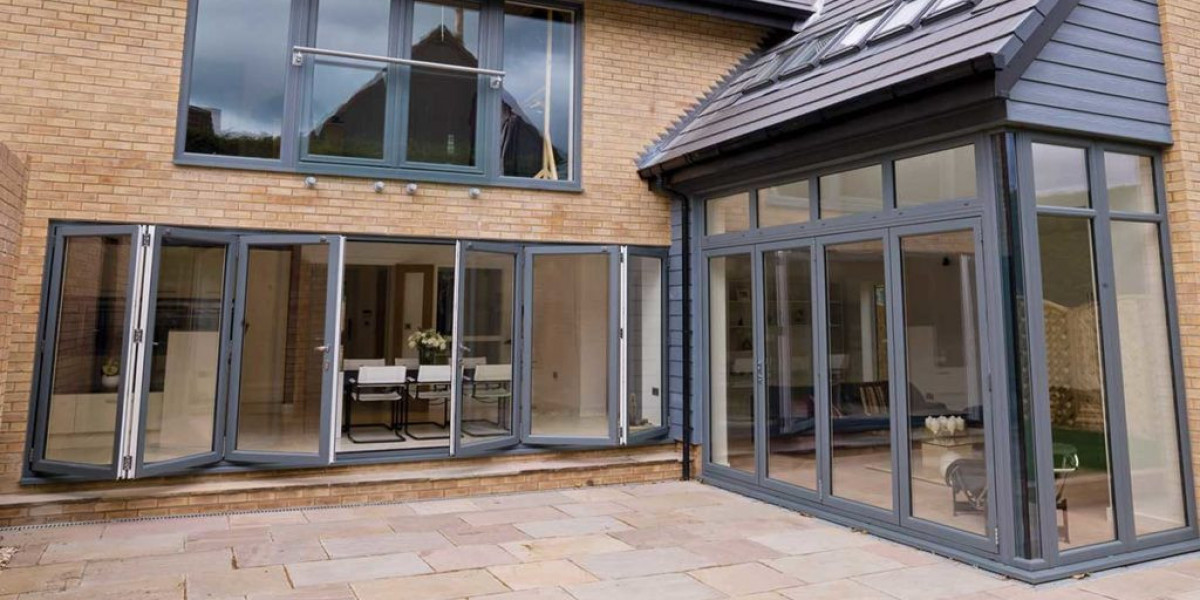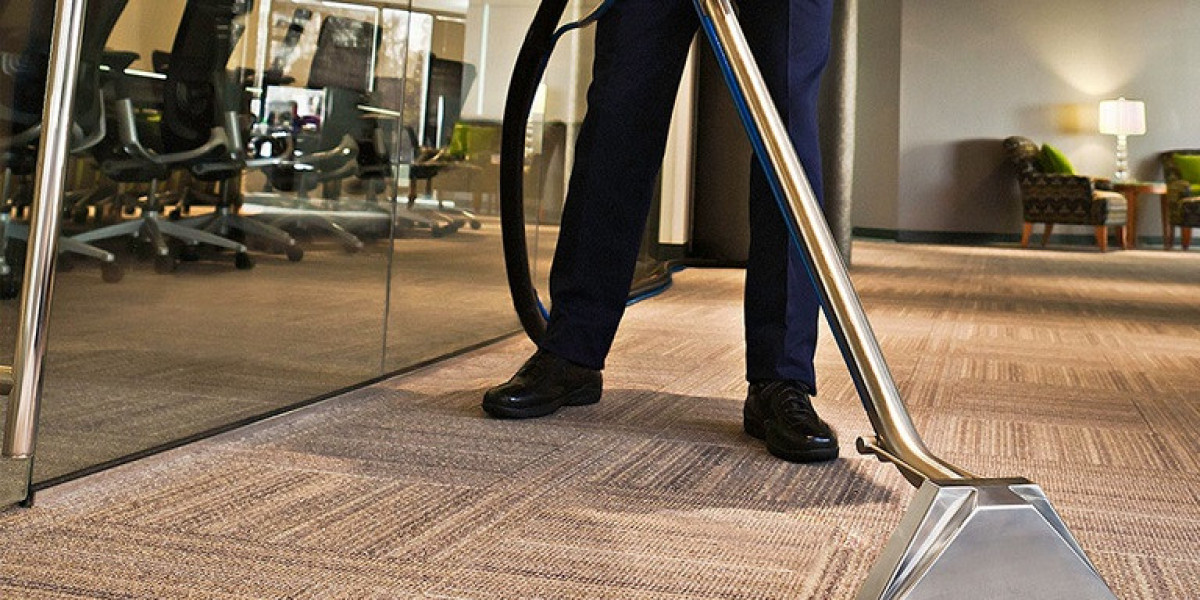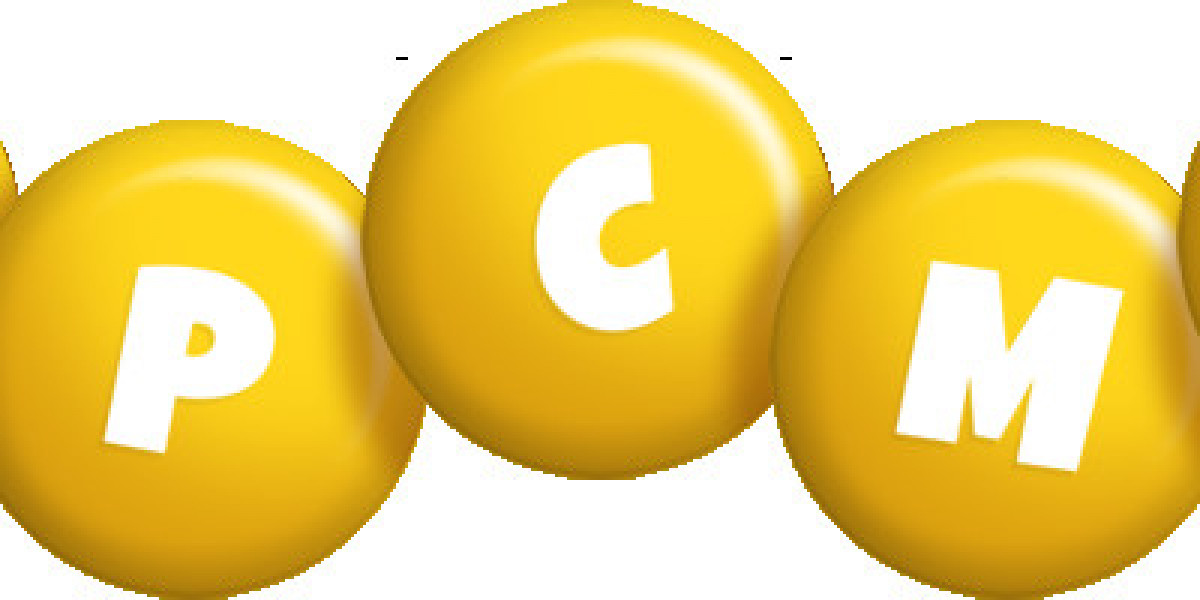UPVC (unplasticized polyvinyl chloride) doors have become a popular choice for homeowners due to their durability, low maintenance, and energy efficiency. They offer excellent insulation, resist weathering, and are generally more secure than traditional wooden doors.
However, like any home fixture, uPVC doors require proper care to ensure they continue performing optimally for many years. Neglecting regular maintenance can lead to problems such as sticking, warping, or decreased security. This article provides a comprehensive guide on how to maintain your uPVC door for long-lasting performance.
1. Regular Cleaning
One of the simplest yet most important steps in uPVC door maintenance is regular cleaning. Dirt, dust, and grime can accumulate on both the door’s surface and the frame, affecting its appearance and function.
Steps for Cleaning:
Use Mild Soap and Water: Mix a small amount of mild detergent with warm water. Avoid harsh chemicals like bleach or abrasive cleaners, as these can damage the surface.
Soft Cloth or Sponge: Wipe the door and frame with a soft cloth or sponge to remove dirt and stains. Pay extra attention to corners, edges, and the area around the lock.
Rinse and Dry: After cleaning, rinse with clean water and dry with a soft cloth to prevent water spots or streaks.
Regular cleaning not only keeps your door looking new but also prevents the buildup of substances that could lead to mold or mildew.
2. Lubrication of Moving Parts
Doors often have multiple moving parts such as hinges, locks, and handles. These parts require periodic lubrication to operate smoothly and to prevent wear and tear.
How to Lubricate:
Hinges and Handles: Apply a silicone-based lubricant or light machine oil to the hinges and handle mechanisms. Avoid using grease, which can attract dust and grime.
Locks and Multi-Point Systems: Spray the lock cylinder with a graphite-based lubricant. This keeps the lock functioning properly without jamming.
Lubricating moving parts at least twice a year can significantly extend the lifespan of your uPVC door and prevent annoying squeaks or stiffness.
3. Inspect and Maintain Seals
The seals around your door are critical for insulation, weatherproofing, and energy efficiency. Damaged or worn seals can cause drafts, water leaks, and increased energy bills.
Inspection and Maintenance Tips:
Visual Inspection: Check the rubber seals along the door frame regularly for signs of wear, cracks, or gaps.
Cleaning Seals: Use a damp cloth to remove dust and dirt from the seals. Avoid harsh chemicals that can degrade the rubber.
Seal Conditioning: Apply a silicone spray or rubber conditioner to keep seals soft and flexible. This prevents them from drying out or cracking over time.
Properly maintained seals ensure your door remains airtight and protects your home from external elements.
4. Check for Alignment Issues
Over time, uPVC doors can become misaligned due to settling of the building structure, heavy usage, or temperature fluctuations. Misalignment can make the door difficult to open or close and may cause damage to locks and hinges.
How to Check Alignment:
Visual Check: Look for gaps between the door and frame. Uneven gaps indicate misalignment.
Operational Test: Open and close the door slowly. If it sticks at any point or doesn’t latch properly, adjustment may be needed.
Adjustment: Most uPVC have adjustable hinges. If you notice alignment issues, you can usually correct them by adjusting the hinge screws. If the problem persists, it is advisable to consult a professional installer.
5. Handle Weather Effects
uPVC doors are designed to withstand weathering, but extreme conditions can still affect them over time. Exposure to direct sunlight, heavy rain, or freezing temperatures can cause minor expansion or contraction, leading to warping or stiffness.
Tips to Handle Weather Effects:
Protect from Sunlight: If your door is exposed to direct sunlight for long periods, consider using blinds or an awning to reduce UV exposure.
Avoid Excessive Water Exposure: Ensure that water drains away from the base of the door. Standing water can damage seals and the frame over time.
Check for Condensation: Condensation between the door and frame can indicate poor insulation or seal failure. Addressing this early prevents long-term damage.
By taking preventive measures, you can reduce the impact of weather on your door.
6. Keep the Hardware Tight
The screws and fittings on your door can loosen over time with regular use. Loose hardware can compromise security, cause rattling, and affect the door’s overall performance.
Maintenance Tips:
Inspect Regularly: Check hinges, handles, and locks for loose screws.
Tighten Carefully: Use a screwdriver to gently tighten any loose screws. Avoid overtightening, as this can damage the frame.
Regular hardware checks prevent minor issues from turning into major repairs.
7. Address Scratches and Minor Damage
uPVC is generally resistant to scratches, but minor scuffs and marks can occur. Addressing these early helps maintain the door’s appearance and prevents further damage.
How to Handle Scratches:
Minor Scratches: Use a specialized uPVC cleaning or polishing cream to buff out light scratches.
Deeper Damage: For deeper gouges or cracks, consider using a uPVC repair kit or consult a professional for repair or replacement.
Taking care of minor cosmetic damage ensures your door continues to look pristine.
8. Annual Professional Check
While regular DIY maintenance is essential, scheduling an annual professional inspection can help catch hidden issues. Professionals can:
Adjust hinges and locks for optimal performance.
Replace worn seals or hardware before they fail.
Identify potential problems that are not visible to the untrained eye.
An annual check-up is a small investment compared to the cost of replacing a damaged door.
Conclusion
Maintaining your uPVC door doesn’t require extensive effort, but consistent care is key to long-lasting performance. Regular cleaning, lubrication, seal maintenance, alignment checks, and protection from weather will keep your door functioning smoothly and looking great for years.
Additionally, addressing hardware issues and minor damage promptly ensures both security and aesthetics are preserved. By following these maintenance tips, homeowners can enjoy the durability, energy efficiency, and low-maintenance benefits that doors offer, making them a wise long-term investment for any home.














